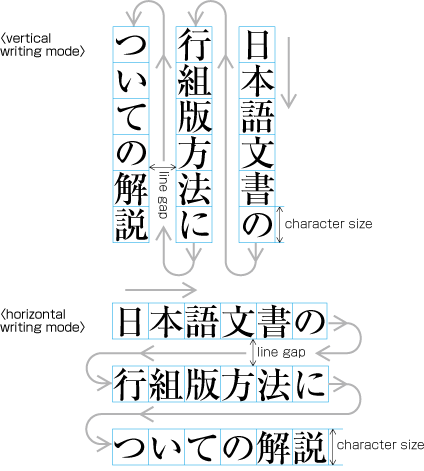Well, I have decided to include a few lessons on the Japanese language in the page. I have little notion of the language and I certainly have a lot to learn, but I would like to share what I know of the language with people. In this article I will talk about the basic principles of writing and about the pronunciation of the language.
About writing, first it should be noted that there are three types of strokes: 1. Firm line. In this you keep the same pulse throughout the line 2. Firm stroke, then smooth. The line gets smoother as you go. Pulse decreases. 3. Hook. A straight line is drawn and then a slight hook in the opposite direction. The order of the strokes is also important when writing. There are certain rules that must be taken into account. 1. It is written from top to bottom, and from left to right 2. A horizontal line is written before a vertical line 3. Lines that cross a series of lines are written last 4. Diagonals from right to left are written before those from left to right. 5. The center is drawn first before the outside in symmetrical figures. 6. First the lines that enclose a figure are drawn, then the interior and then the closing is completed. 7. First the left vertical line is drawn before closing. 8. The figure below is traced to the end. 9. Points and minor strokes are left last.
Japanese writings are usually presented in two ways. The first is like in the West, it is read from left to right and top to bottom. However, the most common is that they are written in the second way: They are read from top to bottom and from right to left. In this way the books are read from front to back according to our way of reading. I put an image below to better illustrate. 
On pronunciation There is not much to say. Some things that need to be clarified is that when there is a diphthong ei, the and lengthens, without the i, like in 先生, sensei. Similarly, when there is a diphthong ou, the or is pronounced long and the or does not sound, as in あ り が と う, arigatou.
Japanese is divided into syllables. Most consonants are always followed by a vowel. The vowels can be found isolated. Thus, we have syllables like a I u e o (あ 、 い 、 う 、 え 、 お), which are vowels alone, or ka, ki, ku, ke, ko (か 、 き 、 く 、 け 、 こ), which are syllables with vowels. We will never find these isolated consonants, or two consonants together, unless it is with the letter ん (“n” sound), which is the only one that can be joined to other consonants or be alone.
Despite what many believe, the r it does exist in Japanese, but it is always a r soft. Syllable へnormally pronounced as i have, with a slight suction. However, when it is an isolated particle it is pronounced as and. Similarly, the syllable は is normally pronounced as he has, but being alone it is pronounced as wa (is a or light, not like guide).


